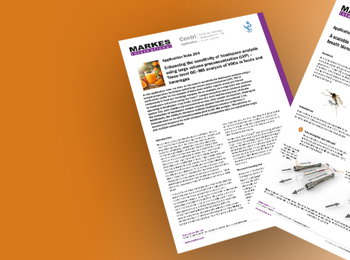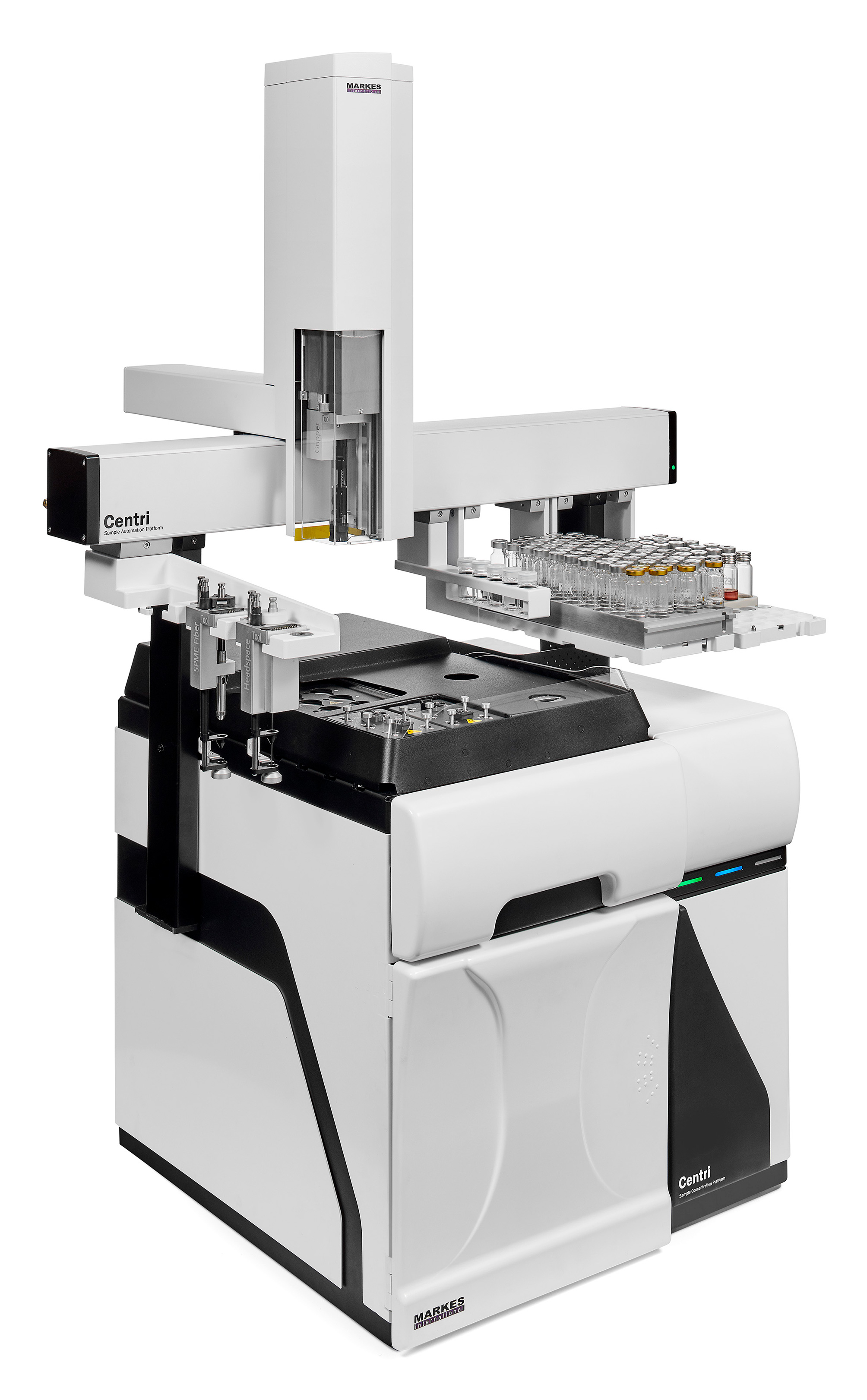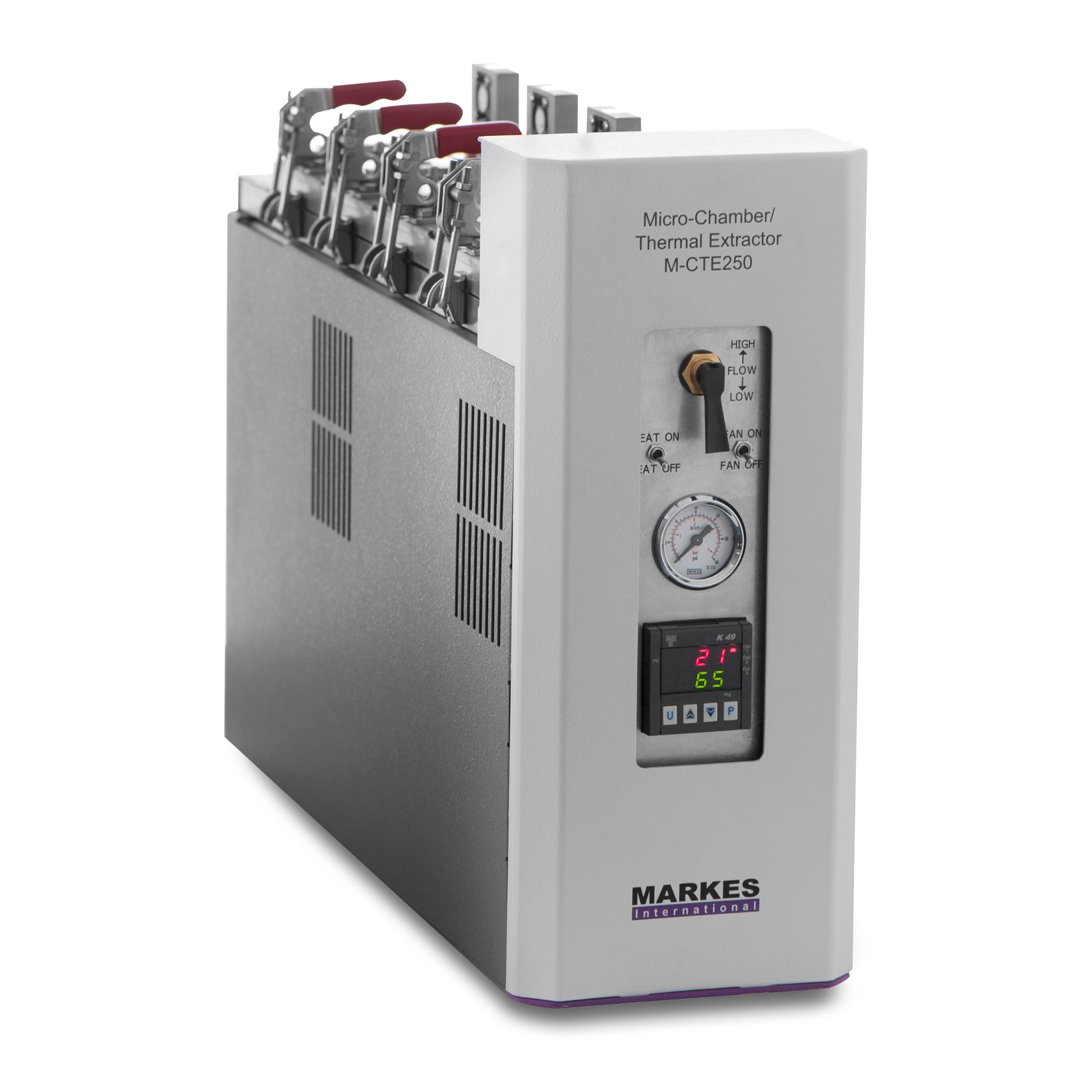In 2020, concerns over levels of the carcinogen ethylene oxide found in sesame seeds from India were raised in Belgium. Since then, monitoring ethylene oxide in foods has become vital. Now, thousands of food items with a long shelf-life, such as cereals, chocolate, biscuits, bread, crackers, spices and bagels, are under investigation.
Why is ethylene oxide used in foods?
Ethylene oxide (EtO) is a fumigant that is commonly used to rid food of insects in many parts of the world; however, it is banned in Europe, making the analysis of EtO a requirement when exporting food to or within Europe.
Why is ethylene oxide unsafe for humans?
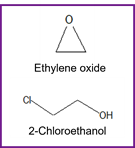 EtO is banned in Europe because it is a category 1B mutagen, is a carcinogen and toxic for reproduction. Additionally, it can convert to 2-chloroethanol (2-CE) in the presence of food, which is also a carcinogen, so screening for both compounds is essential.
EtO is banned in Europe because it is a category 1B mutagen, is a carcinogen and toxic for reproduction. Additionally, it can convert to 2-chloroethanol (2-CE) in the presence of food, which is also a carcinogen, so screening for both compounds is essential.
Using Centri® for the analysis of ethylene oxide
Markes’ Centri automated sample extraction and enrichment platform offers an easy way to prepare and preconcentrate food samples for analysis of EtO. World-leading cryogen-free trapping technology and multi-step enrichment–headspace–trap (MSE®–HS–trap) on Centri enable trace-level detection of EtO and 2-CE.
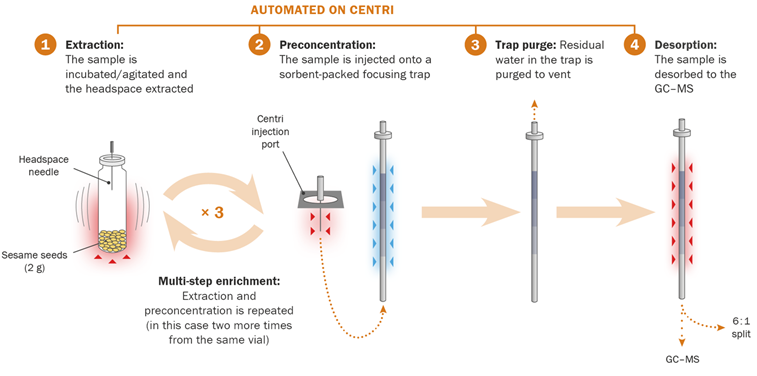
Food safety equipment from Markes International
A wide range of products from Markes are engineered for food safety investigations, such as Centri, the Micro-Chamber/Thermal Extractor™ for dynamic headspace extractions and consumables that support the sampling and analysis of contaminants from foods and beverages.

